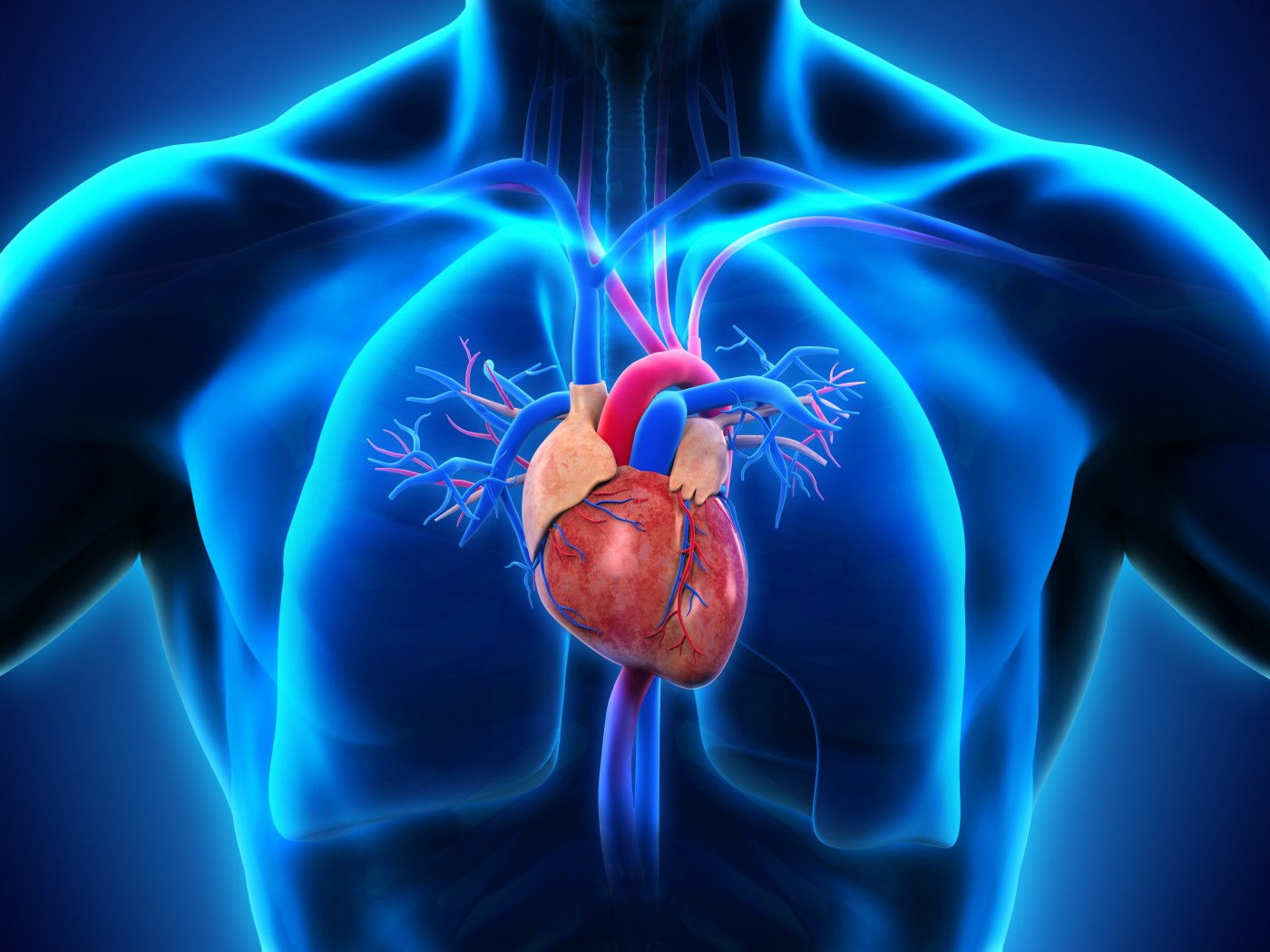Pulmonary Hypertension Researchers Win 2015 Deutscher Zukunftspreis

German President Joachim Gauck has awarded the 2015 Deutscher Zukunftspreis, which honors innovation in science and technology, to a pulmonary hypertension (PH) research team that discovered and developed a drug effective in the treatment of two serious types of the disease.
The winning team — led by Professor Ardeschir Ghofrani from the University Clinic Giessen, and Dr. Reiner Frey and Professor Johannes-Peter Stasch, from Bayer Pharma AG, in Wuppertal — developed the drug riociguat (marketed as Adempas by Bayer) that has been shown to relieve the symptoms and slow the progression of two largely incurable forms of the disease, chronic thromboembolic pulmonary hypertension (CTEPH) and pulmonary arterial hypertension (PAH). For its research into the drug’s mechanism of action, the team drew on 130 years of angina pectoris treatment with nitroglycerin. The mechanism of action discovered intervenes in the molecular processes of the cardiopulmonary system and could potentially be used to treat other diseases. Riociguat, a soluble guanylate cyclase (sGC) stimulator, is also reported to be the first phamacological treatment option available to CTEPH patients with inoperable and recurring forms of the disease.
The team and its project, “A relief for heart and lung – from nitroglycerin to innovative therapies,” were awarded a €250,000 prize, according to a press release.
Others accepted into the ‘circle of the best’ by the Deutscher Zukunftspreis jury in the ceremony’s 19th year were:
- Ralf Bornefeld, Dr. Walter Hartner, and Dr. Rudolf Lachner from Infineon Technologies AG, for the project, “Car radar technology – a lifesaver goes into series production.”
- Peter Sander, Professor Claus Emmelmann, Frank Herzog, Airbus Operations GmbH, LZN Laser Zentrum Nord GmbH, and Concept Laser GmbH for the joint development, “3D printing in commercial aircraft engineering – A manufacturing revolution is taking off.”
Adempas has been approved as a treatment for CTEPH and PAH in the EU, U.S., Switzerland, and Japan.







